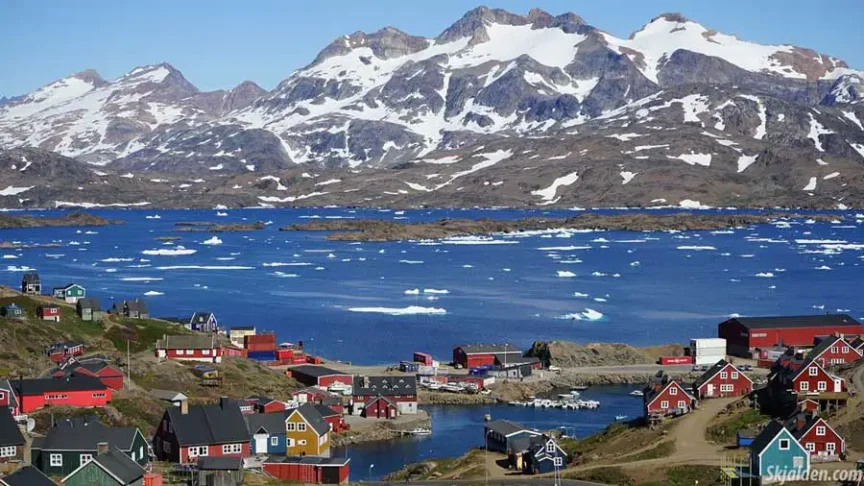Have you ever wondered why Greenland, known for its vast ice sheets and chilly climate, carries the name it does? It seems a bit ironic, doesn’t it, that a land covered by ice most of the year would be called Greenland? The name sparks curiosity and raises questions about its origins and the story behind it. This article aims to shed light on this intriguing question: Why is Greenland called Greenland?
The answer takes us back to the Viking Age, a period marked by exploration and the discovery of new lands. It was during this time that Greenland was named, but the reasons behind this choice are not as straightforward as one might think. The story involves history, marketing strategies of the past, and the impact of names on our perception of places. So, let’s dive into the heart of the matter and find out the real reasons behind Greenland’s name.
The Historical Backdrop
The story begins with Erik the Red, a Norse explorer known for his fiery temper and red hair. After being exiled from Iceland due to some disputes, Erik set out on an adventure across the sea around the late 10th century. His journey led him to the shores of a vast and unexplored landmass, which we know today as Greenland. Erik spent around three years exploring this new territory and, upon his return to Iceland, he was tasked with the challenge of attracting settlers to this remote and icy place.
Erik the Red, understanding the power of words and names, decided to give this land an appealing name: Greenland. He believed that a positive and inviting name would attract more settlers from Iceland and Norway. Since there were no glossy brochures or the internet, the name of a place played a crucial role in forming people’s perceptions. By calling it Greenland, Erik promised a land of fertility and potential, a place where settlers could thrive despite the challenging conditions.
The Reality of Greenland
The name Greenland might lead one to imagine lush, green valleys and abundant farmland. However, the reality of Greenland’s climate and geography is quite different. The island is predominantly covered by ice, with its coastal areas offering some arable land during the brief summer months. The name, therefore, seems somewhat misleading by today’s standards. But it’s important to note that during the Medieval Warm Period, which coincided with the arrival of Norse settlers, Greenland’s climate was slightly warmer and more hospitable than it is today.
The Impact of the Name
The name Greenland played a significant role in the island’s history. It attracted Norse settlers who established colonies along the fjords, where they farmed, raised livestock, and hunted seals and whales. For several hundred years, these colonies thrived, benefiting from the somewhat milder climate of the time. The name Greenland, with its undertone of fertility and prosperity, was a key factor in the initial success of these settlements.
Today, Greenland is known for its stunning icebergs, vast ice sheets, and unique Arctic wildlife. It is a place of breathtaking natural beauty, drawing visitors from around the world who are eager to witness its ice-covered landscapes and vibrant indigenous culture. The name Greenland, while historically a product of Erik the Red’s marketing genius, has become a part of the island’s identity, reflecting its rich history and the enduring spirit of exploration and adventure.
